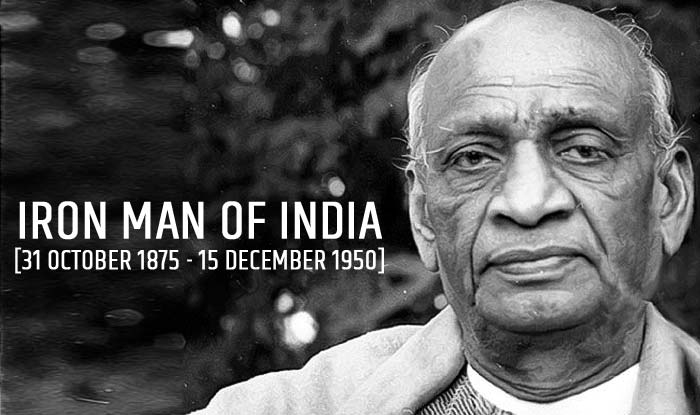Sardar Vallabhbhai Patel Jayanti 2023
Sardar Vallabhbhai Patel Jayanti 2023 : Why 31 Oct Called National Unity Day
The birth anniversary of Sardar Vallabhbhai Patel—the first home minister of Independent India—is celebrated as National Unity Day or Rashtriya Ekta Diwas. Vallabhbhai Jhaverbhai Patel also dubbed as ‘Sardar Patel’ was born on October 31, 1875, into a landowning family of the Leva Patidar caste. Known As ‘Iron Man ‘ Of India .

Why 31 Oct Called National Unity Day
Rashtriya Ekta Diwas or National Unity Day was introduced by the Government of India in 2014 to pay tribute to the great man who really unified the country. While Declaring October 31 as National Unity Day, the Central government said in an official statement that this occasion “will provide an opportunity to reaffirm the inherent strength and resilience of our nation to withstand the actual and potential threats to the unity, integrity, and security of our country.”

Major movements carried out by Sardar Valabhbhai
The Quit India movement turned out to be the most serious rebellion against the British since the Revolt of 1857. Such was the impact of this movement that at the time when Sardar was released in the year 1945, the British had started preparing proposals to transfer power to the Congress and leave.
A long cherished dream appeared to be finally within grasp.
Construction of Statue of Unity in memory of Sardar Patel
During this period approximately 5,000 metric tons of iron was collected. After the formation of Modi government at the Centre, the contract for the construction of the statue was given to Larsen & Toubro Company in October 2014. 4 metals have been used in this idol which will not rust for years. 85 percent copper has been used in the statue. The height of this huge statue is 182 meters. It took about 44 months to make this statue. The cost of making this statue of Sardar Patel was around Rs 3 thousand crores.

